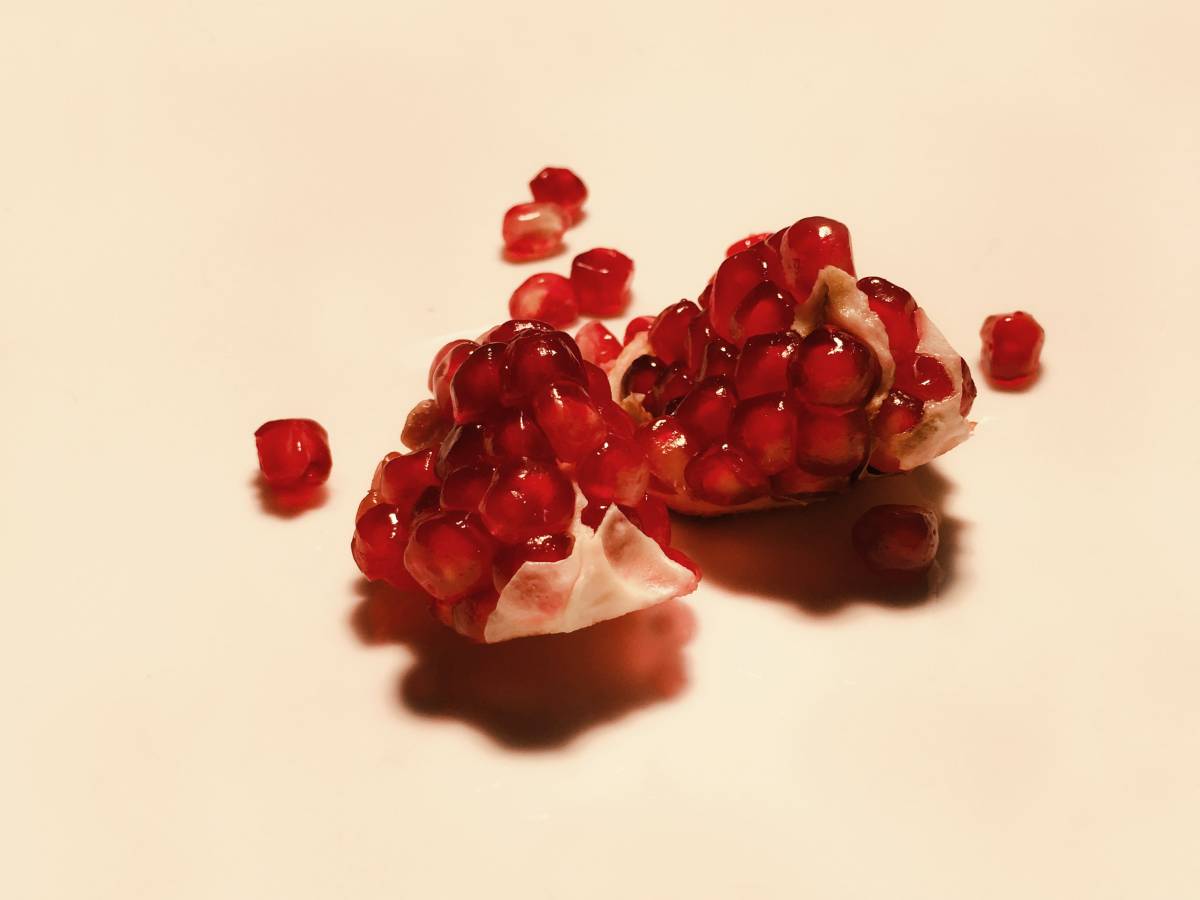Midnight of New Year’s arrives at different times in the world, following the meridian lines that divide the globe into time zones. However, there is one thing that doesn’t change: the desire to be together, to watch fireworks and of course to consume typical dishes or foods ominous
This translates into Spain in consuming 12 grapes which symbolize the months of the newborn year, while in Turkey the pomegranatea fruit historically widespread in the nation and strongly symbolic, because it is linked to the concept of prosperity.
Lentils and zampone
In Italy, among the typical New Year’s dishes they cannot be counted lentils and pig’s trotter. The former, which symbolize future luck in business, are rigorously prepared as in a pinata: once everything was done on a lit fireplace, for long hours of stirring with a wooden spoon, but today the pinatas are taken to the stove to keep a trait d’union with tradition.
Lo pig’s trotter it is a typical food of Modena, which consists of a mixture of pork, which is “packaged” with a small pig’s trotter at the end. The dish was born as a “preservation” dish: in fact, at the beginning of the 16th century, during a siege, it was necessary to slaughter all the pigs in the Modena area so that the enemies would not get supplies. With the trotters this abundance of meat was taken away from the enemies and could be kept for later consumption.
Kheer
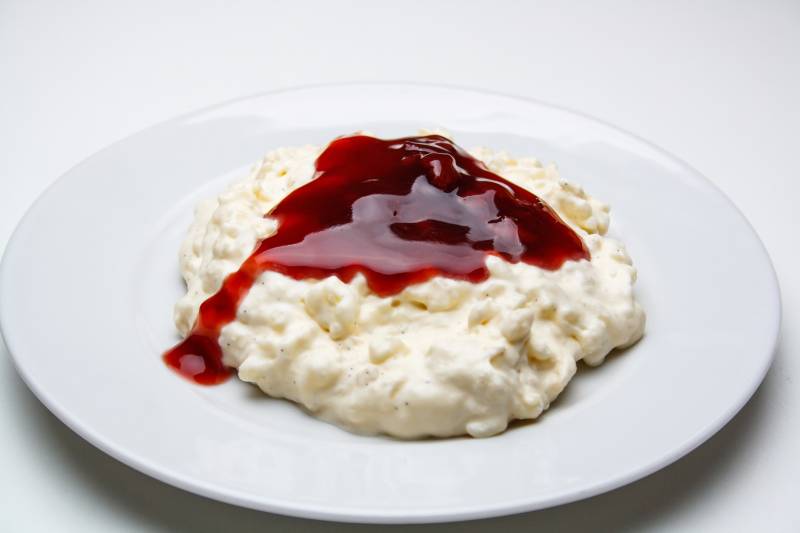
If a classic Victorian dessert is prepared at Christmas in the United Kingdom – figgy pudding, or fig pudding – on New Year’s Eve in India, a nation that has long been linked to the United Kingdom and still is through the Commonwealth, prepares instead a sweet rice pudding named after kheer. It is a pudding made with basmati rice and milk, which is enriched with natural sweet ingredients, such as fruit or dried fruit.
Roast
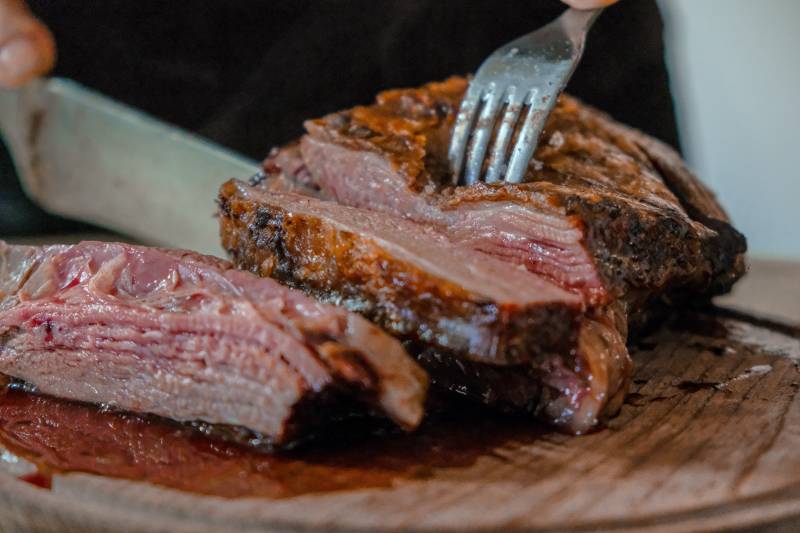
In Argentina the New Year’s must and theroast, which consists of a mixed roast that is cooked over coals in a variety of ways, including grilled and spit-roasted. The animal parts involved also include innards, which are often paired with roasted vegetables, such as cucurbit or corn. All enriched by chimichurriwhich is a sauce with which meat is marinated: the sauce, originating from the 19th century, includes ingredients such as vegetable oil and white wine vinegar, plus various spices such as coriander, paprika, bay leaf, thyme, parsley, garlic and chilli pepper.
Russian salad
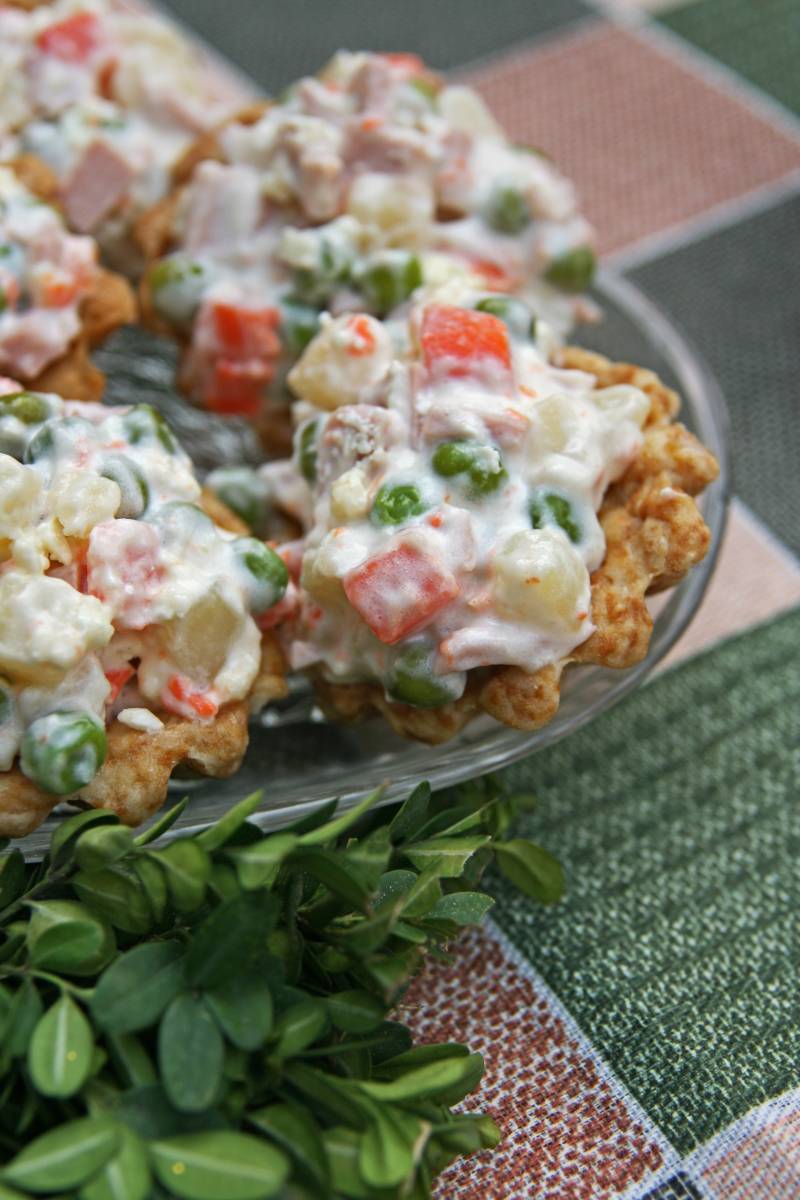
In Russia, as the name suggests, the typical New Year’s dish isRussian salad (although there are several theories about its origin), or a great sauce that involves the use of mayonnaise and boiled vegetables. There are different schools of thought on which vegetables to use, such as peas or carrots, but what cannot be missing in Russia are potatoes, which form the pillar of the nation’s traditional diet.
Tamales
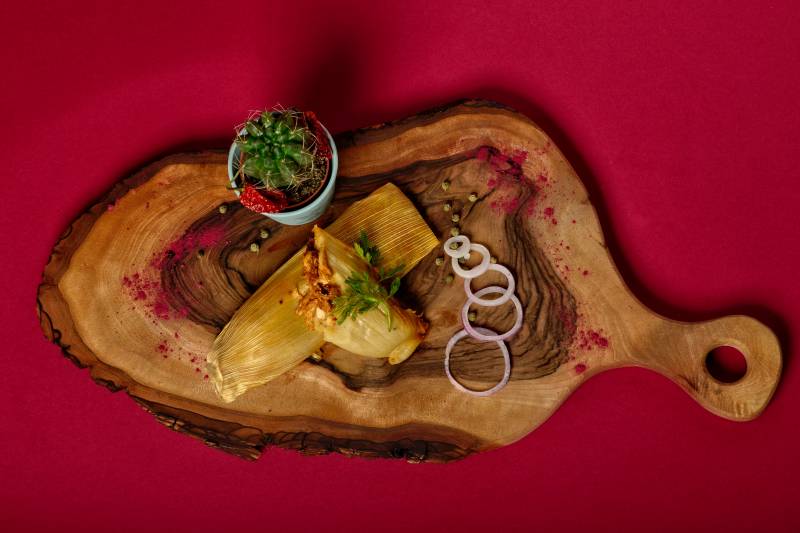
If you find yourself celebrating New Year’s Eve in Mexico, you might discover i tamales. They represent real caskets of goodness: various vegetables are inserted into a dough prepared with cornmeal, wrapped in cob or plantain leaves, including the ever-present chili peppers.
Toshikoshi soba
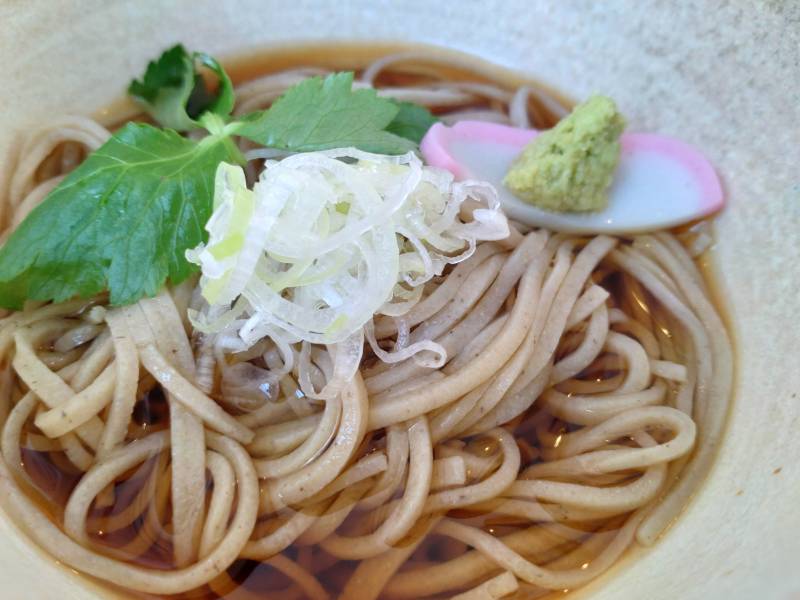
In Japan there are noodle soups for all occasions: however, when the omisoka arrives (or New Year’s Eve), the toshikoshi soba. The dish is naturally made with noodles and a broth that consists of the mixed flavors of fish or seafood, kombu seaweed and vegetables such as spring onions. It goes without saying that, as with many Japanese soups, it represents an interesting comfort food to inspire when you need something hot, not just on New Year’s Eve.
Deep fried doughnut balls
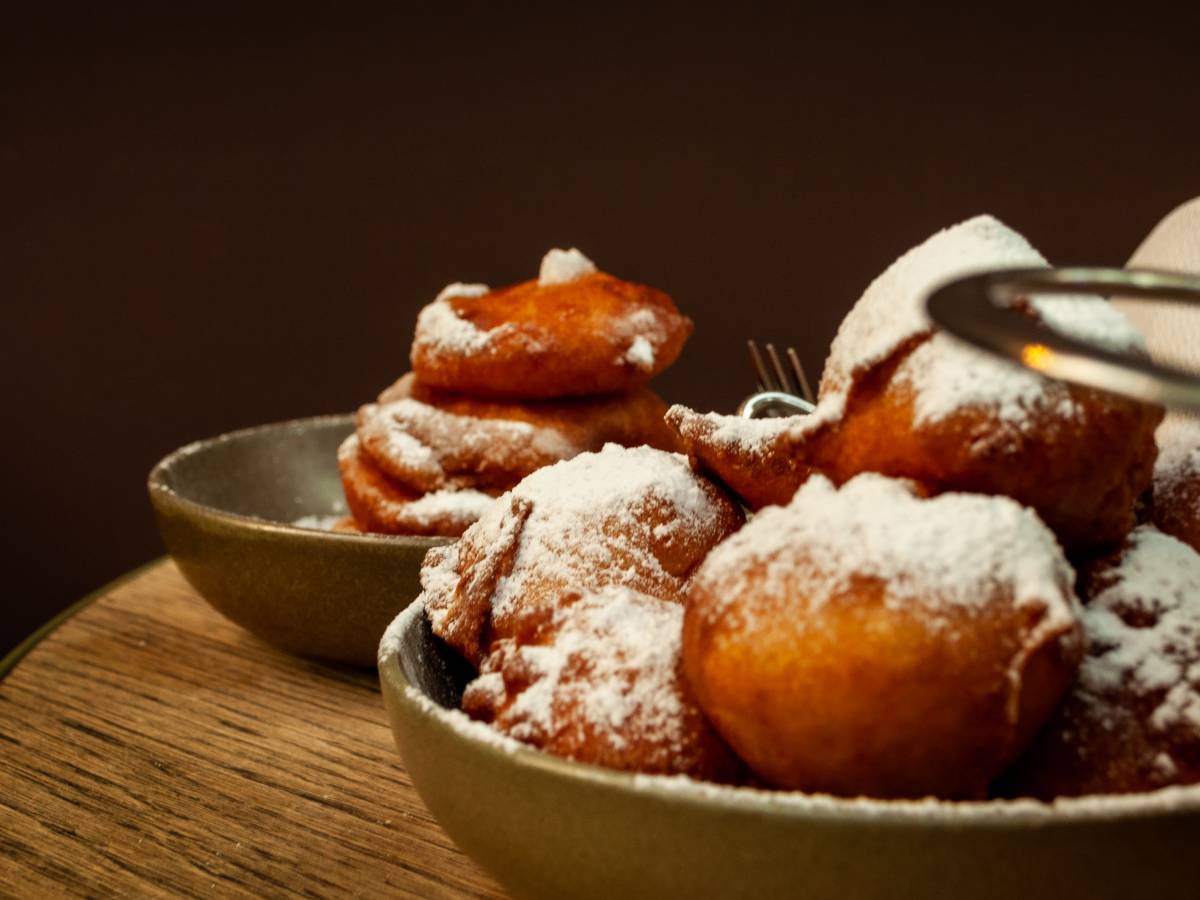
In Holland one cannot ignore the deep fried doughnut ballssweet pancakes that are prepared with a leavened dough based on flour and eggs, and enriched with typical European ingredients of the Christmas holidays: sultanas, berries, candied fruit, apples.
Vasilopita
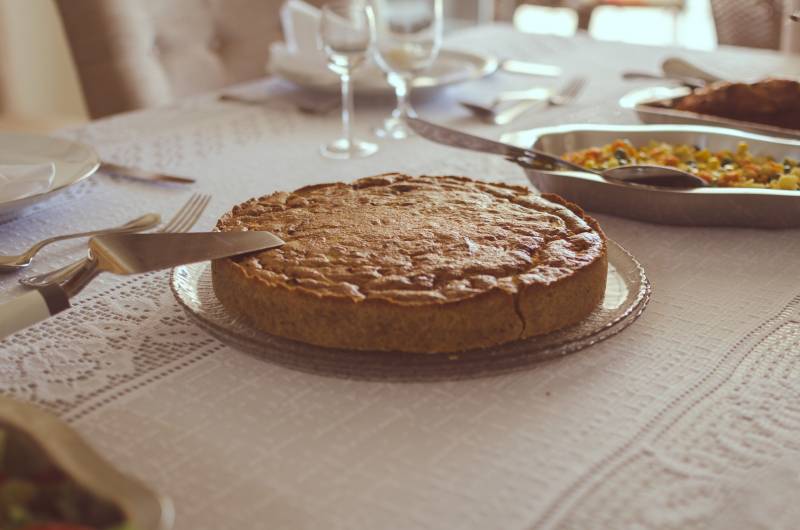
At midnight on New Year’s Eve, in Greece, we cut slices of Vasilopita to be distributed to those present, family and friends. In one of the slices, a coin can be hidden, which symbolizes a wish for the newly arrived year. Rituals aside, the vasilopita is a classic donut (with flour, butter, sugar and eggs) that does not leave out “institutional” Greek ingredients, such as almond flakes and sometimes a little honey syrup.
